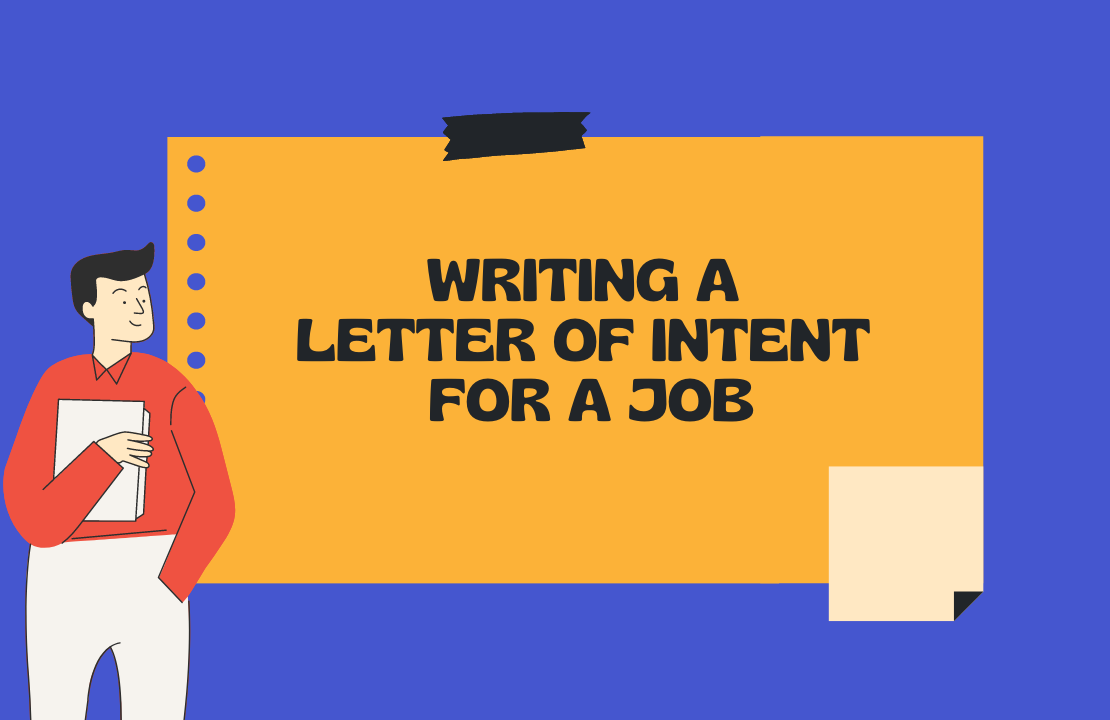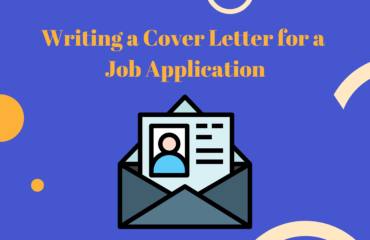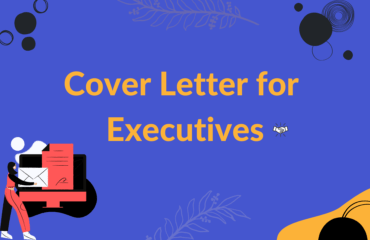Table of Contents
As a job seeker, you are looking forward to landing a job with your dream company. However, they do not have any relevant jobs listed on their careers page or on any job search sites. So, what to do in cases like these? Create a letter of intent to get your foot in the door.
A letter of intent is a document that helps you demonstrate your intention to work for a specific company. Similar to a cover letter, it is your first communication with a potential employer. While this is the case, these letters serve distinct purposes. Cover letters are typically used when applying for specific positions. In contrast, letters of intent are more general in nature and used to show your interest in being a part of a company even if they don’t have any job openings. In this article, we will guide you on how to create one to help you land a desirable role with your dream company faster.
1. Do the necessary research before writing your letter
Writing a letter of intent can be trickier and more challenging than creating a typical cover letter. With a cover letter, you usually have job descriptions for a specific position to which you can link your skills and experience, but with a letter of intent, there’s none. However, you still have to draft this letter with a clear and full understanding of the role you’re aiming to have with your target company. So before starting writing, look up some descriptions of your desired role at other companies. Then, use the qualifications and requirements indicated in those postings as a reference to inform what you discuss in your letter.
In addition, research your target company. By learning about their culture, track records, aims, and needs, you will be able to express your interest in working with them better. You can do this by checking out their website or social media channels, using employer assessment tools, or shadowing a current employee to get an insider’s perspective of the company. Then, use your findings to demonstrate how you could add value to them.
2. Introduce yourself and state your intention
The first paragraph of your letter of intent should always be the introduction of who you are, why you’re writing, and what you offer. Its primary goal is to encourage employers to keep reading. As many of them will not spend more than a predetermined amount of time reviewing every job inquiry, it is important that your introductory statements are direct to the point and captivating. Be clear about what level of expertise you can bring and what type of responsibility you are seeking.
In addition, state what made you choose them as your dream company. Does the company suit your values or circumstances? Does their culture appeal to you? Are there any corporate achievements that resonate with you? Expressing why the company is important to you helps you convince them that you’re enthusiastic about making a difference and contributing to the business in the long term. Let us give you an example.
“I am a results-focused Marketing Director with 15+ years of experience overseeing marketing campaigns. I am interested in a career in digital marketing and was hoping to learn more about any potential opportunities at ABC Enterprise. Reading about your company, I have found your commitment to addressing the critical issues of improving care while lowering costs to be very inspiring. It’s something I want to be part of. I believe my marketing and communications expertise will make me a valuable addition to your growing team”.
3. Highlight your strongest qualifications and experience
Now it’s time to give your target employer a reason why they should be interested in you. In this part of your letter, discuss your experiences attesting that you have skills and personality traits that are valuable to the company. Then, detail how you can put them to use to contribute positively to the business. To effectively do this, you can provide examples of the most significant milestones you have brought to past companies throughout your career.
Remember, your goal is to persuade the employer that you’re a capable hire. So, don’t just rehash your resume or provide your full career history – this can make them lose interest instantly. Instead, emphasize your best credentials and strongest qualifications, keeping your letter short, straightforward, and relevant. Below is an example of how you can do this in practice.
“During my time at XYZ Corporation, I have been pivotal in driving profitability, market share, and strategic partnerships of start-ups and leading global medical device enterprises. Leveraging my leadership capabilities, I provided strategic direction to the overall planning, development, and execution of innovative marketing campaigns that allowed the company to expand its business presence in emerging and mature markets”.
4. Prove your competence through number-based achievements
Simply breaking down your skills and experience may not be enough to impress the recipient of your letter. The question is always, “How can you stand out in the recruitment process and leave a positive impression?” Well, you can never go wrong with quantitative achievements, as these can serve as solid evidence of your competence as a potential employee. Tying specific numbers to your professional experience and accomplishments is an effective way to make employers remember you when a suitable position becomes available.
However, don’t go overboard by bombarding your letter of intent with figures that show how you made an impact on the companies you’ve worked for in the past. Just choose two to three success stories that you are most proud of. Also, make sure that these showcase your strengths that best align with what the company is likely to look for in their future employee. Here’s another example.
“As a results-oriented Marketing Leader, I worked for diverse leading global companies to oversee all aspects of their marketing activities. Throughout my career, I am proud to have commercialized 10 disruptive medical device technology products, established a large global distribution network in 30 previously unserved countries, and drove a $138M expansion. I have also brought about 42% growth to DEF Inc.’s client projects despite a global business slowdown due to the pandemic.”
5. End your letter with a call to action
The last part of your letter of intent should encourage the recipient to reach out to you without coming across as either pushy or needy. In addition to thanking them for spending time to read your job inquiry, let them know that you are looking forward to meeting them in person to provide any additional information they need. Then, state your availability and leave your contact details to ensure they know how to reach you easily. Have a look at the example below.
“Thank you for taking the time to read my job inquiry. I have attached my resume, further illustrating my experience, skillset, and accomplishments. I would love to answer any additional questions you may have regarding the benefits I could bring to your company or further discuss the prospect of my employment. I am available to meet at your convenience and can be reached via my phone number (123) 456-7890 or email at myemail@gmail.com.”
While a cover letter is more common when applying for a job opening, there are cases where you will be specifically asked for a letter of intent. However, job searching is not just about reacting to these available vacancies. Creating your own opportunities is also an effective strategy to land your dream job faster. So, if there are certain companies you’d love to work for but don’t seem to be hiring at the moment, a letter of intent is your way to go. Writing one can be tricky, so if you need help, don’t hesitate to reach out to us.











